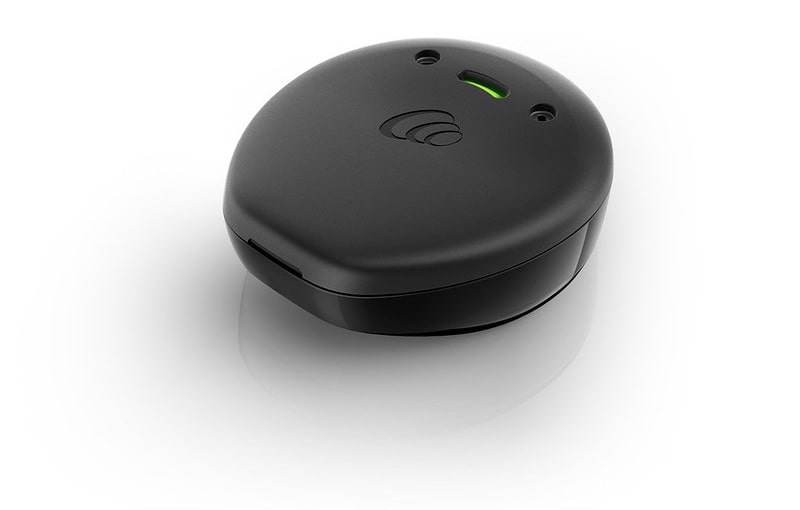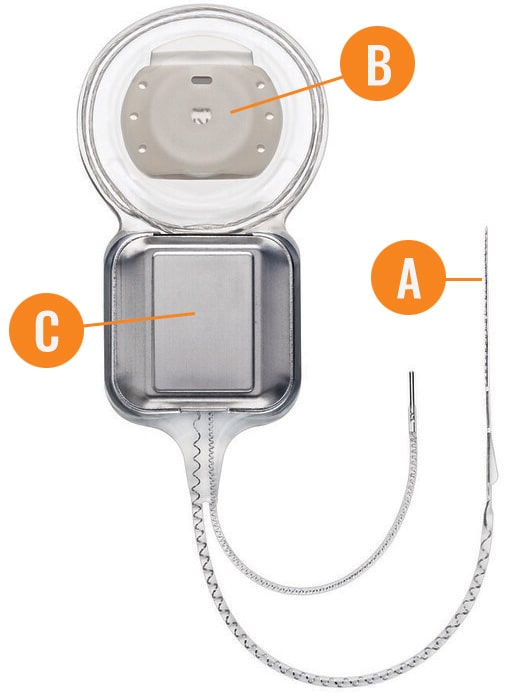Cochlear Implants
Although hearing aids help the majority of people with hearing loss, there are certain circumstances when they cannot overcome hearing challenges. In these cases, cochlear implants can be an effective and beneficial solution.

What is a Cochlear Implant?
Cochlear implants are electronic devices designed to provide a sense of sound to individuals with moderate to profound hearing loss.
Unlike hearing aids, which amplify acoustic sound, cochlear implants bypass damaged portions of the ear and directly stimulate the auditory nerve. This process allows individuals to perceive clear sound signals, enhancing their ability to hear and understand speech.


Understanding the Components of a Cochlear Implant
Internal Components
Implantable Electrode Array
The implantable electrode array is surgically inserted into the
cochlea, which is the spiral-shaped organ of the inner ear responsible for hearing. This array consists of multiple electrodes that stimulate the auditory nerve fibers, bypassing damaged hair cells to directly transmit electrical signals to the brain.
Receiver-Stimulator
Placed beneath the skin behind the ear, the receiver-stimulator acts as the control center of the cochlear implant system. It receives signals from the external components and converts them into electrical impulses, which are transmitted to the implanted electrode array in the cochlea.
Implantable Magnet
A small magnet is integrated into the receiver-stimulator, allowing it to securely adhere to an external piece worn on the outside of the head. This magnetic connection facilitates the transmission of power and data between the internal and external components of the cochlear implant system.
External Components
Speech Processor
The speech processor is a small, wearable device that captures and processes sound from the environment. It converts sound waves into digital signals and sends them to the transmitter coil.
Transmitter Coil
Connected to the speech processor, the transmitter coil is worn externally on the head, typically behind the ear. It transmits the processed digital signals wirelessly to the internal receiver-stimulator through electromagnetic induction. Some cochlear implant styles do not have a visible coil.
Microphone
The microphone, usually integrated into the speech processor, picks up sounds from the surrounding environment and transmits it to the speech processor for further processing.
On-the-ear option for the external component

How They Work Together
The external components capture and process sound from the environment, which is then transmitted wirelessly to the internal receiver-stimulator through the transmitter coil.
The receiver-stimulator converts these signals into electrical impulses and sends them to the implantable electrode array within the cochlea. These electrical impulses stimulate the auditory nerve fibers, allowing the brain to perceive sound.


Benefits of Cochlear Implants:
Access to sound: Cochlear implants provide access to a wider range of sounds,
including high-frequency sounds that are crucial for speech comprehension and are
often the first to become inaudible with hearing loss.
Improved speech understanding: Cochlear implants offer clearer speech perception for many users when compared to hearing aids.
Enhanced quality of life: Most cochlear implant recipients report improved communication skills, increased social interactions, and greater confidence in various settings. They also report more satisfaction with cochlear implants than with hearing aids.
Long-Term Sustainability: With proper care and maintenance, cochlear implants can last for many years, providing consistent hearing assistance. The internal component will last a lifetime, while the external component can be upgraded so that users always have access to the latest advancements in technology.
Water sports: Cochlear implants can be paired with several accessories, one of which would make the external system completely waterproof. Most hearing aids are not able to be worn during water sports.
Insurance coverage: Insurances are more likely to cover the cost of cochlear implants versus hearing aids if a patient meets cochlear implant candidacy criteria.
Get a Cochlear Implant consultation at Capital Institute of Hearing & Balance.


